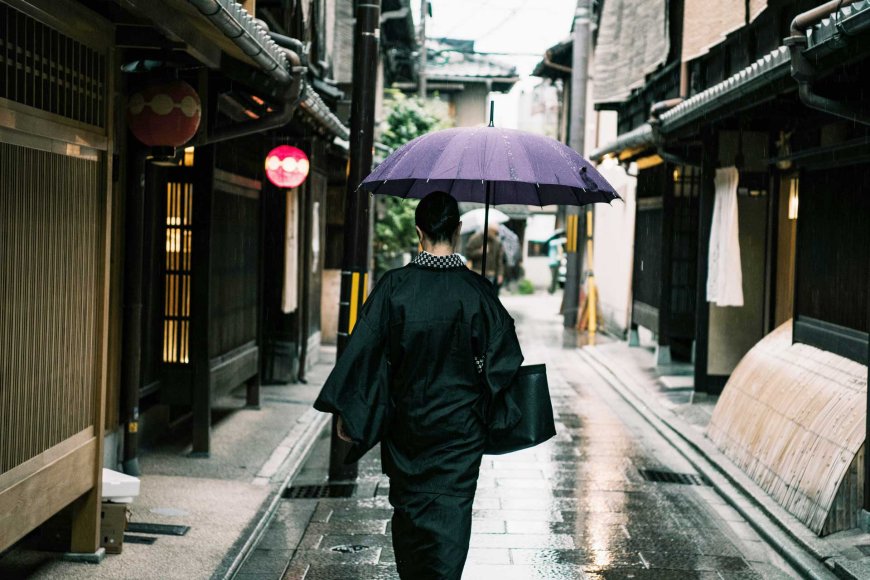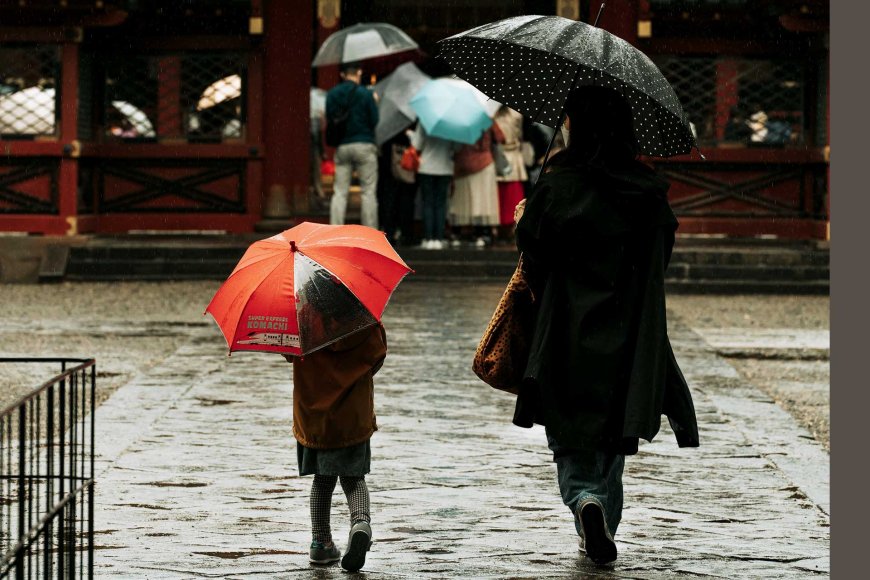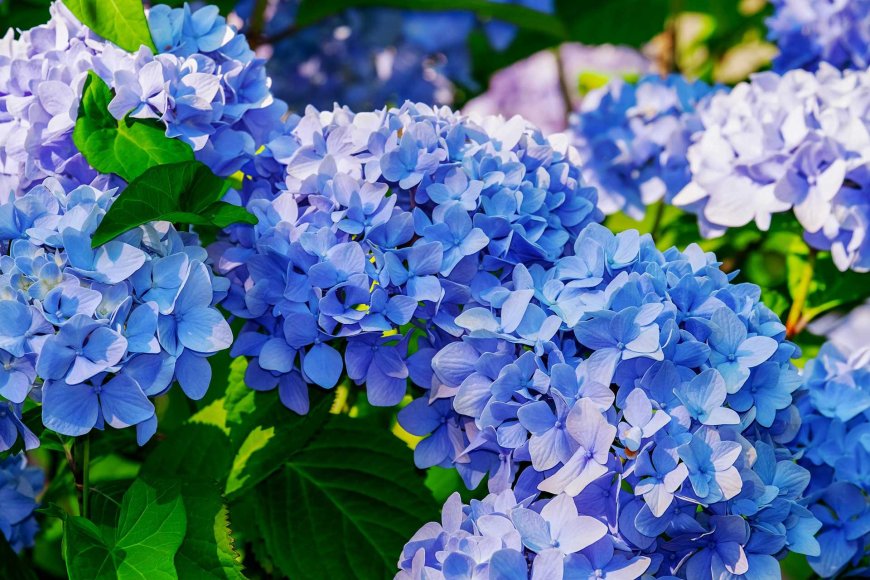Tsuyu: Japan's Rainy Season
Tsuyu, Japan's rainy season, transforms the landscape with its enchanting and persistent rainfall from June to July. This unique period profoundly impacts Japanese agriculture, culture, and daily life, creating a blend of challenges and serene beauty.

Beauty, Culture, and Impact of Japan's Plum Rain
Japan, a country known for its distinct seasons and natural beauty, experiences a unique period called "tsuyu" (梅雨), or the rainy season. Spanning from early June to mid-July, tsuyu is characterized by frequent and often intense rainfall. This season has a profound impact on Japanese culture, agriculture, and daily life.

The Meteorological Phenomenon
The Science Behind Tsuyu
Tsuyu, also known as the "plum rain," gets its name from the ripening of plums during this period. The rainy season is caused by the collision of the northeasterly seasonal winds, which bring cold air from the Pacific Ocean, with the warm, moist air from the southeast. This interaction creates a stationary front, leading to prolonged periods of rainfall. The front oscillates, bringing varying intensities of rain across the country, particularly affecting the regions from Okinawa in the south to Tohoku in the north.

Agricultural Significance
The Lifeline of Japanese Agriculture
For farmers, tsuyu is a double-edged sword. On one hand, the abundant rainfall is essential for rice paddies, which rely on substantial water for proper growth. The season ensures that the rice plants have enough water to thrive, setting the stage for a successful harvest in the fall. Additionally, the moisture benefits a variety of crops, including vegetables and tea leaves, contributing to the overall agricultural productivity of Japan.
However, tsuyu also brings challenges. Excessive rain can lead to flooding and waterlogging, damaging crops and disrupting planting schedules. Farmers must be vigilant, often working long hours to protect their fields from potential water damage. The balance between nurturing the crops and safeguarding them from the elements is a delicate one, highlighting the resilience and adaptability of Japanese farmers.

Cultural and Traditional Aspects
The Rain
Tsuyu has woven itself into the fabric of Japanese culture. The season is often depicted in literature, art, and poetry, capturing the melancholic yet beautiful essence of the rain. Haiku, a traditional form of Japanese poetry, frequently features themes of rain and nature, reflecting the contemplative mood that tsuyu inspires.
Japanese people have also developed various customs to cope with and even celebrate the rainy season. One such tradition is the hanging of teru teru bozu, small handmade dolls made of white cloth or paper. These dolls are believed to have the power to bring good weather and are often hung by children in the hope of stopping the rain. Conversely, some people embrace the rain by visiting scenic spots, such as temples and gardens, which take on a mystical charm when shrouded in mist and rain.

Modern-Day Challenges and Adaptations
Coping with Urban Rain
In modern Japan, tsuyu presents unique challenges, particularly in urban areas. The persistent rain can lead to waterlogged streets, traffic disruptions, and increased incidents of accidents. Commuters often face delays as public transportation systems struggle to cope with the wet conditions.
To mitigate these issues, Japan has invested heavily in infrastructure designed to manage the rain. Advanced drainage systems, flood control measures, and well-maintained public transport networks are all part of the strategy to keep cities functional during tsuyu. Additionally, Japanese people have adapted their lifestyles to accommodate the rainy season, donning waterproof clothing, using high-quality umbrellas, and employing various techniques to keep their homes and workplaces dry.

Tsuyu’s Impact on Tourism
Rain and Recreation
Tourism during tsuyu can be a mixed experience. While the persistent rain might deter some visitors, it also transforms the landscape, offering a unique and serene beauty. Iconic locations like Kyoto’s Arashiyama Bamboo Grove and the moss-covered Saiho-ji Temple appear particularly enchanting under the gentle drizzle.
Moreover, tsuyu provides an opportunity for tourists to experience Japan in a different light. The rain enhances the tranquility of traditional tea ceremonies, the vibrancy of hydrangea blooms, and the soothing soundscapes of rain hitting temple roofs. Many tourists find that embracing the rainy season offers a more intimate and reflective experience of Japan’s cultural heritage.

Transformative Power of Tsuyu
Tsuyu is more than just a meteorological event in Japan; it is a season that profoundly influences the country's agriculture, culture, and daily life. Despite its challenges, tsuyu is a testament to the resilience and adaptability of the Japanese people. It is a period of growth, reflection, and beauty, encapsulating the harmonious relationship between nature and human life in Japan. As the rain falls gently over the land, it nurtures not only the crops but also the spirit of a nation that finds poetry in every raindrop.
Find Cheap Flight Tickets to any Destinations in Japan and the Philippines
Nipino.com is committed to providing you with accurate and genuine content. Let us know your opinion by clicking HERE.































































